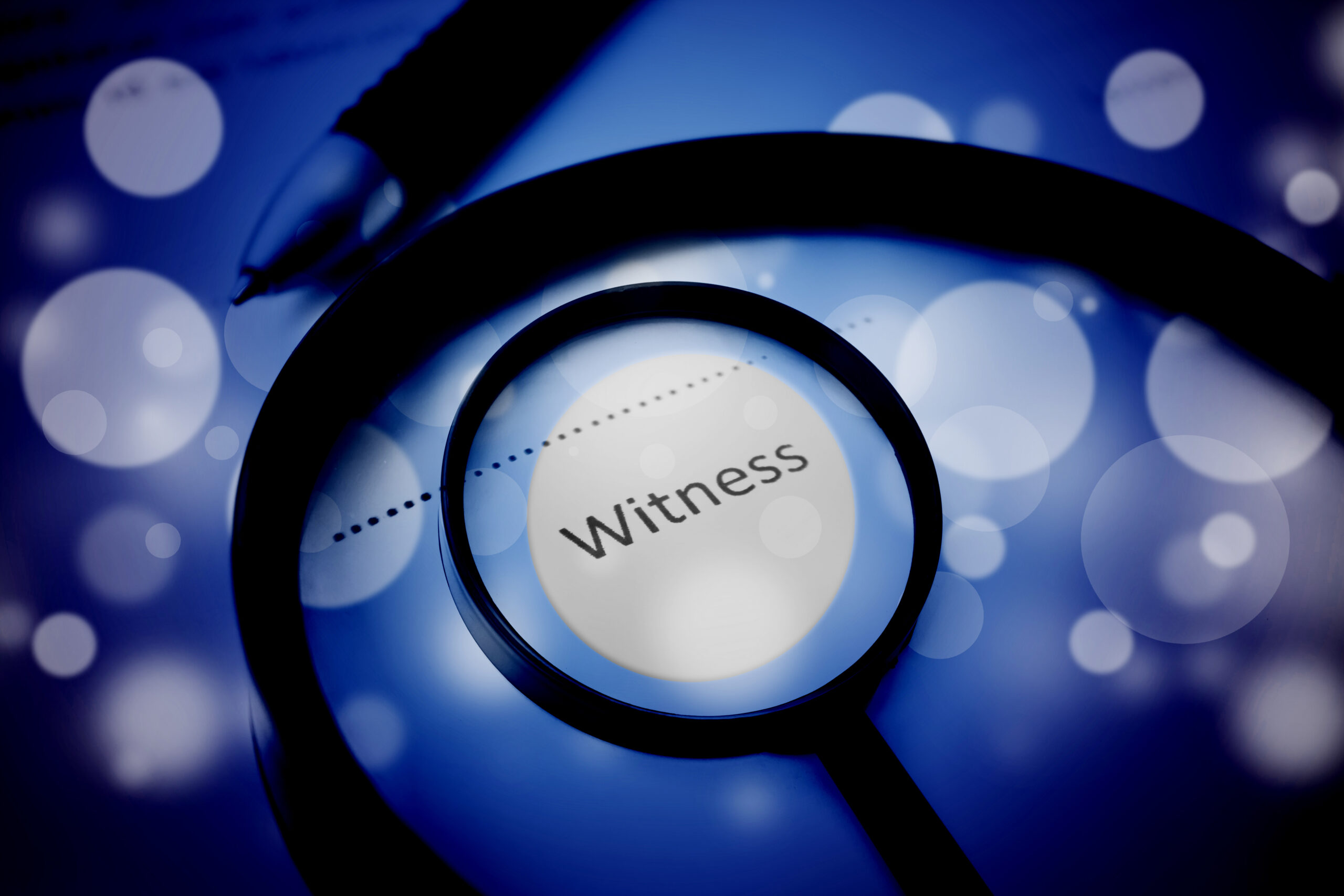 If you witnessed pertinent events, you may be asked to give a witness statement. It is important to take the time and effort to create a well-drafted, complete statement.
If you witnessed pertinent events, you may be asked to give a witness statement. It is important to take the time and effort to create a well-drafted, complete statement.
- Carefully reflect on the event you witnessed. Take general notes about the event and create a simple timeline on a separate sheet of paper. Do this as close in time to the event as possible.
- Recall the relevant facts. In your witness statement, you should describe who was present at the event, what happened, and where the event occurred. A witness statement is a statement of facts and not opinion, so be aware of any elements of the event you may have a bias about. Do not try to ascribe motives to any of the players in your witness statement; simply recall the event as you remember it. Make a more detailed timeline based on your recollection of the facts.
- Pair up the timeline with the events. The clearest witness statements are written in chronological order. Start with relevant happenings before the event in question and finish at the close of the event. Create time markers within your witness statement, such as months, weeks, days, and hours. Consult a calendar as necessary.
- Depending on the event in question, create diagrams and maps. You do not have to be an artist to create a useful map or diagram. Make the image as simple as possible and label the parts of the image as necessary.
- Write your witness statement in your own handwriting or on a word processor. Do not make paragraphs in your witness statement; just follow one sentence with another. Provide your full legal name, date of birth, and contact information on the witness statement.
- Initial and sign the witness statement. Initial before the first word and after the last word on every page. Initial after any erasure or text that is marked out. If there are any obvious gaps on the page, initial in those areas as well. Sign and date at the end of the statement.
- Make a copy of the witness statement for your records.
Click here to download the witness statement.
